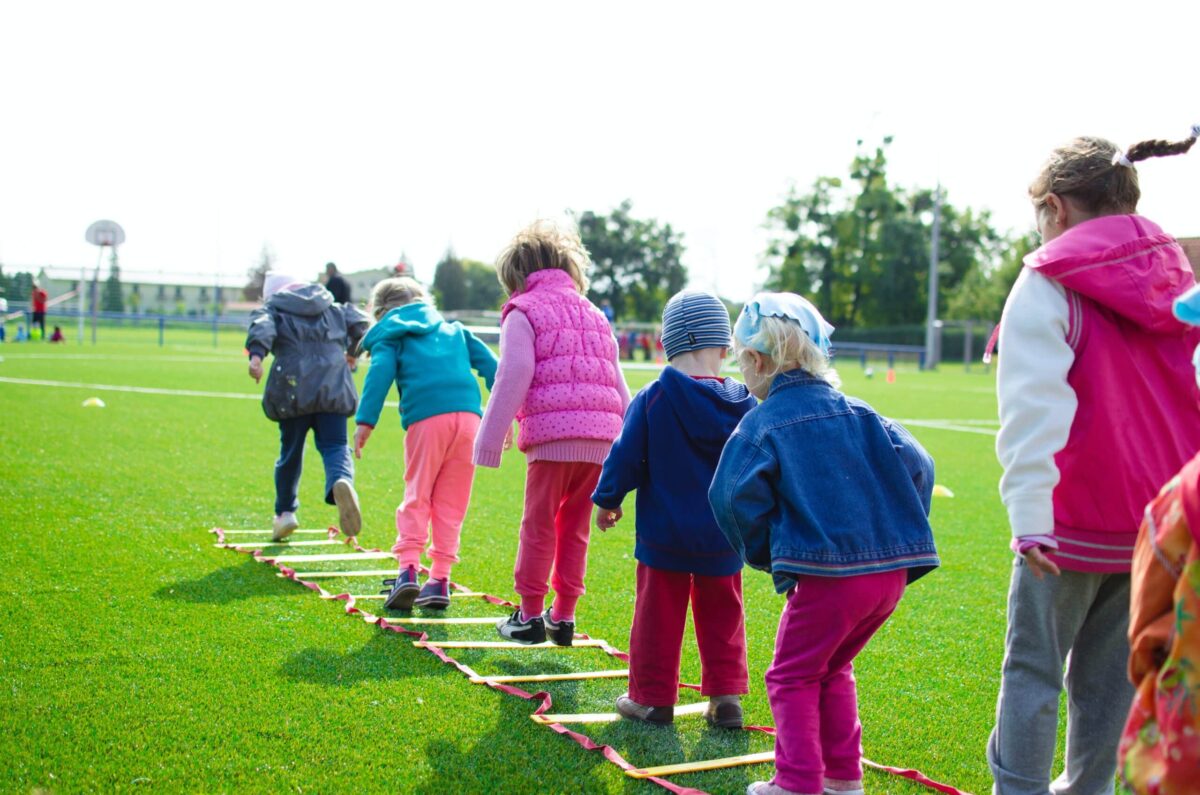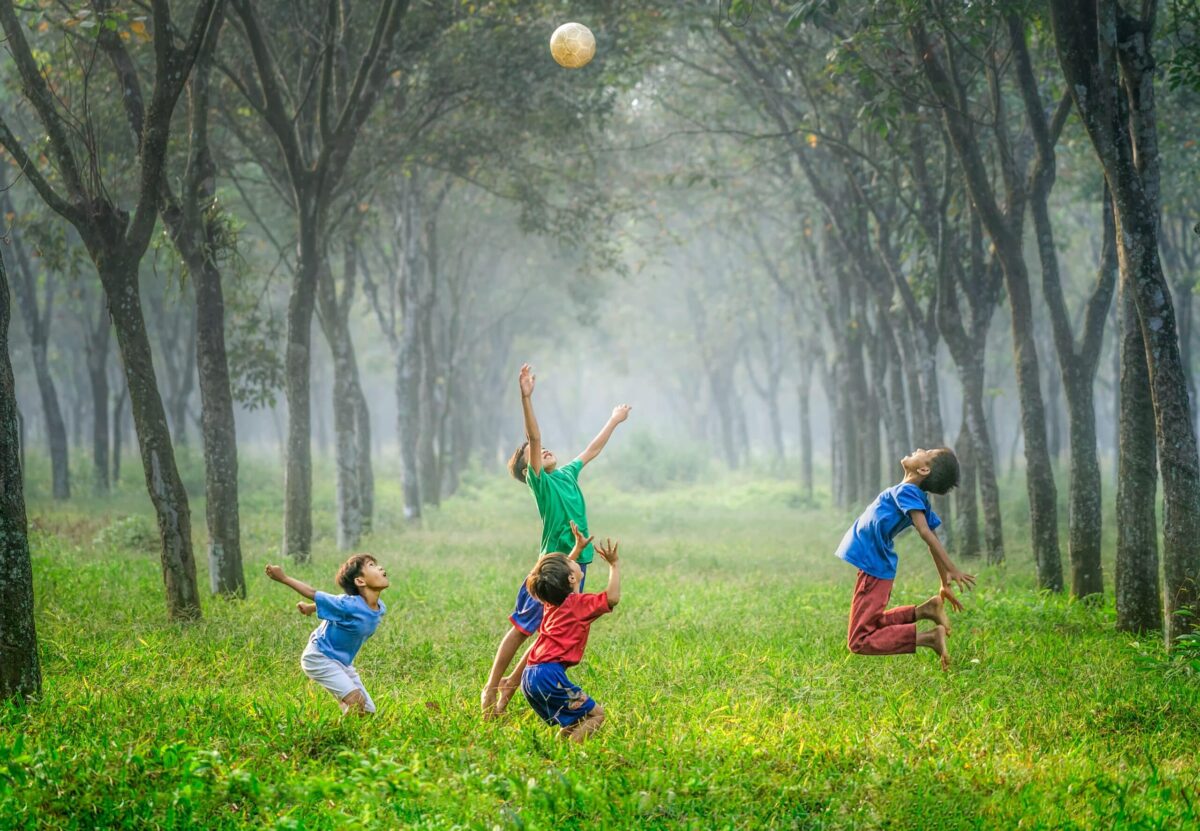
The game it is a right approved in the Declaration of the rights of the child, since it is a fundamental instrument for them since they learn motor skills, to socialize, to benefit their self-esteem and to acquire norms and values. It is important, to keep an order, how are the types and classification of the game.
the word game comes from latin iocus, which means joke. It is a series of exercises or activities created by human beings (although it is also comforted in animals) where they are performed for a development of mind and body, thanks to the fun, the distraction and that it comforts to get to learning.
Game classification
The classification of the game attends to be able to create a list of modalities to be able to fit the type of hobby to be carried out. If the type of game is developed with children, it will be a good indicator to be able to classify it.
- Psychomotor games: the motor function is used, where the participants explore themselves and use their abilities to discover what they are capable of doing. They will discover how they have to interact with other people and how they will analyze their environment.
- Cognitive games: This type of skill will be developed in a cognitive way, with construction games, those that are used with the help of memory, will put all the attention and a lot of imagination.
- Social games: A series of playful activities are carried out that take place in a group, in this way they interact with other people and help socialization. In this type of game you have to set some rules or rules, something that helps to be cooperative and that is necessary for socialization.
- emotional games: in this type of entertainment the dramatic aspect will be used, where people have to use their emotions, their desires and know how to express them. In this type of situation, how the emotional part should work and learn how to control it will be assessed.
How is a game developed?
El game it is defined as a stimulus for mental activity. The player is carrying out an activity where a circumstance is created and he has to reach another, where he will involve the mental strategy to put it into practice. During the game there are already or will be created rules and guidelines for get to create that game. There are different types, depending on how that person develops them.
- Sport games: They are usually performed in open spaces. Teachers and coaches participate or direct this type of game, where the movement of the body has to be used with the help of some type of object. They can be individual or in groups and physical ability is used together with a quick mental strategy.
- Table games: It is done through a board, where a small number of people participate, generally from a minimum of two to six or eight people. It is done through the game and mental strategy and where we know games as well known as chess or checkers. Other types of games are card games, such as poker or the Spanish deck, through a board such as the traditional Parcheesi or game of the goose. The purpose is to reward knowledge and where in some it is done through questions and answers.
- Games of chance: It is a type of fortuitous game, where the term of winning associated with good luck prevails and where the skill of the person does not intervene. A well-known example is bingo or the lottery.
- Video game: the game is made through digital tools and where it is usually manifested through screens. Its invention entered our homes at the end of the XNUMXth century, where its way of developing is through strategy and entertainment through the symbols of the previous games described. This type of entertainment must be limited, since in many cases it is criticized, but on some aspects it is recommended to enhance the cognitive part in some cases.

Game development at different stages
According to Piaget, game can be distinguished in different stages in which the child develops a new learning within their areas of development.
- Motor game: Suitable for children up to 2-3 years. The body and the control of movements are the basis of the game.
- Symbolic or imitation game (from 3 to 6 years approx.) The child gives life to the objects and through them imitates the world of the elders. That's why at this age, even if they don't have toys, they make them up and don't need other people for their games. In this stage there is a great enrichment of language.
- Game of rules (from 6 to 12 years old). The child begins to enjoy the company of others and becomes interested in interpersonal relationships, reproducing them in their games. There is an assignment of roles, norms and rules to abide by, moving into a cooperative relationship and interaction with the other children. Competitive games are frequent where some win and others lose. At this stage, friends begin to occupy a very important place.
Classification of games and toys
According to space in which they are carried out:
- The indoor games: manipulatives, construction, imitation, symbolic games, verbal games, reasoning games, memory, video games, board games ...
- The outdoor games: run, chase, hide, ride a bike, skate ...
According to adult role:
- Game spirit.
- Game addressed.
- Game witnessed.

According to number of participants:
- Game individually: Necessary for personal and intellectual development, it must be controlled so that it is not excessive, especially when it comes to video games or games that favor attitudes of isolation or addictive behaviors.
- Set group: They can be cooperative or competitive.
According to activity that promotes in the child:
- Game sensory: games in which children mainly exercise their senses. They start from the first weeks of life and continue throughout the Early Childhood Education stage.
- Games engines: they have a great evolution in the first years of life and last throughout childhood, even adolescence.

- Games manipulative: fit, thread, build ...
- Games symbolic: they are the game of fiction, that of -pretending- that children start from approximately two years old: dolls, strollers...
- Games verbal: they favor and enrich the learning of the language.
- Games of fantasy: dramatizations, costumes ...
- Games Educational scope: reasoning or memory games, strategy, learning knowledge ...
Games are fundamental activities in the childhood stage, but do not forget that it is ideal for adult life. It is a way of keeping a space for recreation and fun. However, it is necessary to reduce the types of games where chance is interacted with, since it can cause other disorders such as gambling. The game must be natural and enriching.



Excellent article, very comprehensive, I congratulate you